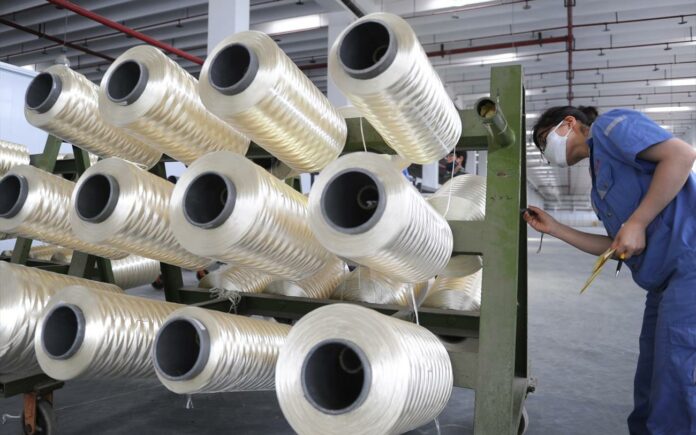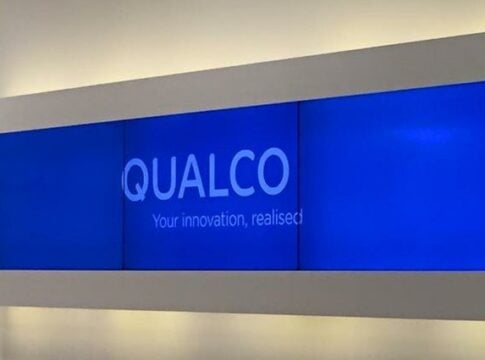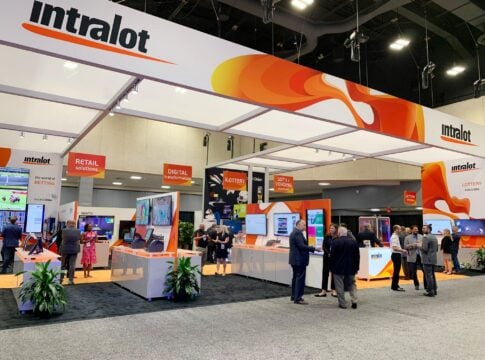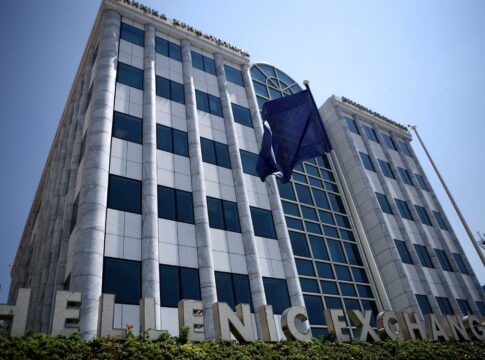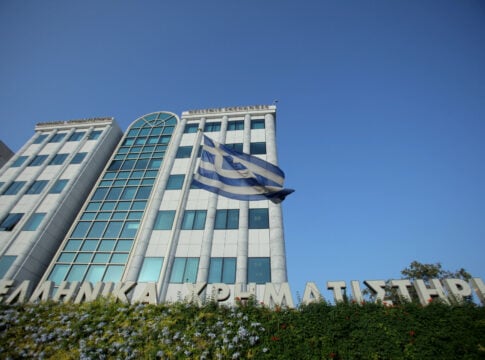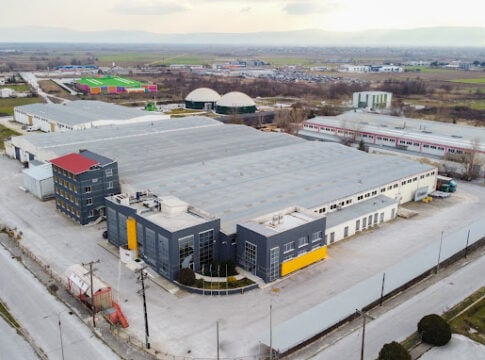Greek Manufacturing Purchasing Managers’ Index rose to 52.8 points in March, up from 51.7 in February, indicating a solid improvement in the health of the Greek manufacturing sector, and the strongest rate of growth since May 2022, S&P Global said in a report on Monday.
Growth across the sector stemmed from faster expansions in output, new orders and employment. Stronger demand conditions drove the sharper increase in new sales, amid a renewed rise in new export orders. In response, firms stepped up their hiring, as workforce number grew at the fastest rate since April 2022. Greater new orders, in part, led to a slower fall in backlogs of work. Meanwhile, despite a quicker rise in input buying, vendor performance stabilised amid reduced pressure on global supply chains. Companies continued to utilise and deplete stocks, however. On the price front, cost burdens increased only marginally and at the slowest rate since July 2020. Effort to remain competitive and drive future sales resulted in a much softer uptick in selling prices, S&P Global said in a report.
Contributing to the overall expansion was a second successive monthly rise in production at Greek manufacturers in March. The upturn in output was linked to stronger client demand and a further increase in new orders. The rate of growth accelerated to the fastest since February 2022. Driving the rise in output was the steepest expansion in new sales at Greek goods producers for over a year. March data indicated a solid uptick in new orders, as interest from domestic and foreign clients picked up. At the same time, companies registered a renewed increase in new export orders at the end of the first quarter. Although only marginal, the rate of growth was the quickest for almost a year. March data signalled a further moderation in inflationary pressures at Greek manufacturers. Cost burdens rose only Output and new order growth quicken Inflationary pressures soften further Employment rises at fastest pace for almost a year.
The rate of input price inflation slowed to the softest since July 2020. Companies noted that, despite increases in material and energy costs, some suppliers dropped their prices. At the same time, there was a notable slowdown in the pace of output charge inflation. The rate of increase was the weakest since January 2021. Some companies passed on higher costs to customers, but others highlighted efforts to remain competitive with discounts offered to clients. Greater new order inflows spurred increased hiring activity at Greek goods producers. Employment rose at a solid rate that was the steepest for almost a year. Companies also noted investment in expanding capacity amid hopes of future growth, as expectations for production over the coming year reached the strongest since January 2022. Although backlogs of work contracted again, the pace of decline slowed to the weakest since May 2022. Demand for inputs strengthened in March, as Greek manufacturers increased their purchasing activity at a solid pace. Despite the rise, pressure on supplier capacity eased, as vendor performance broadly stabilised on the month, following a sequence of delays stretching back to February 2020. Pre-production inventories fell sharply as firms utilised stocks to fulfil new order requests. Current holdings of finished goods were up slightly, however, as some noted efforts to stockpile amid hopes of an uptick in demand.


